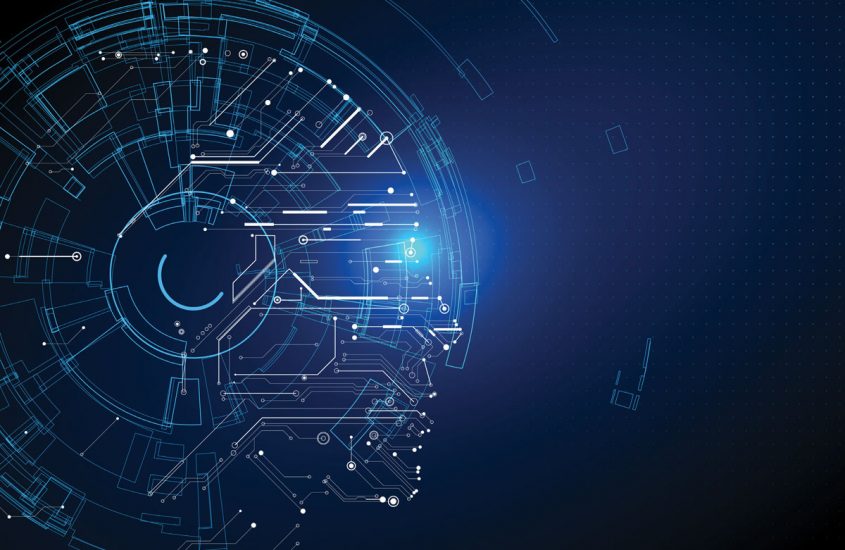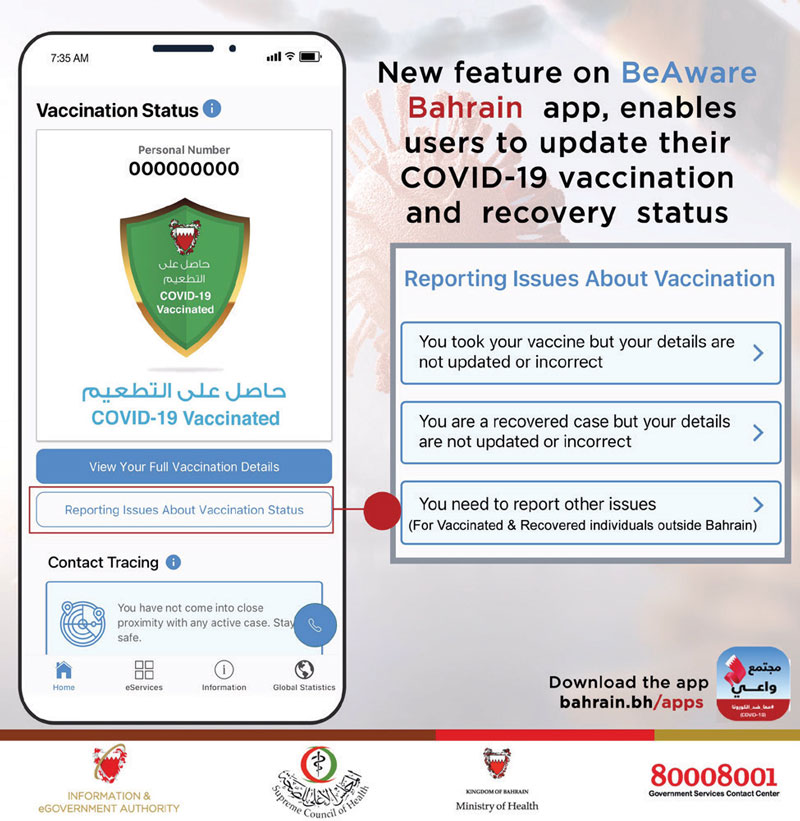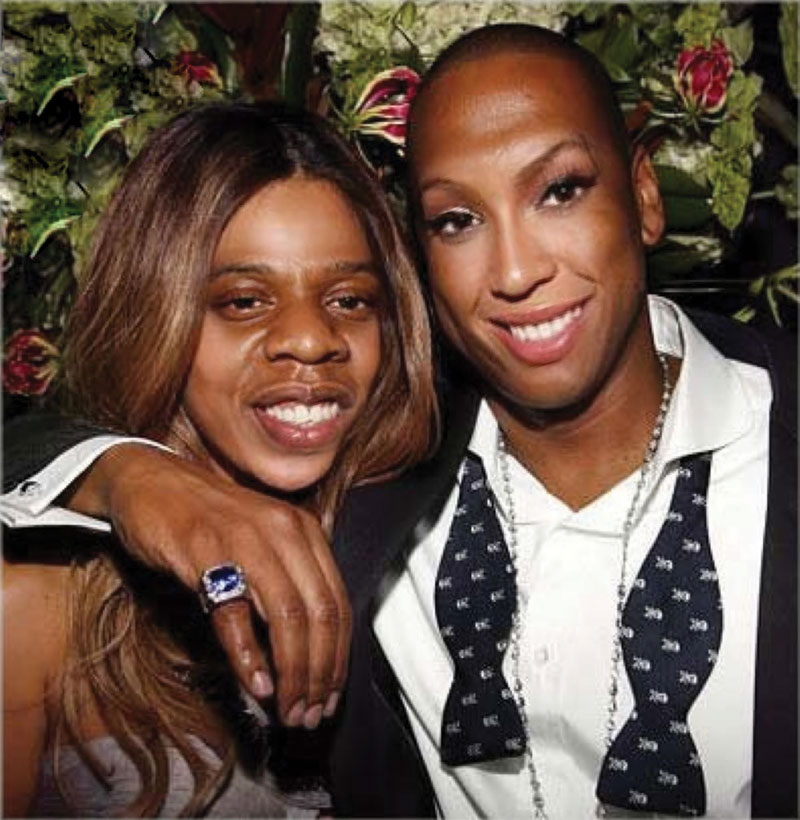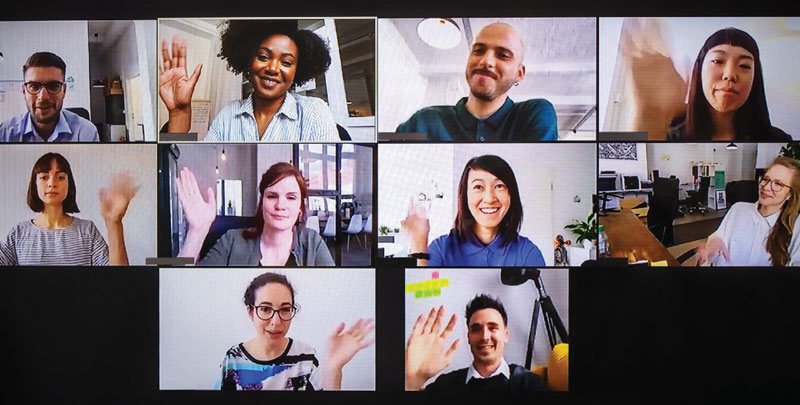LIVING IN A DIGITAL WORLD

Recent years have seen an explosion of digitalisation in our daily lives with technology becoming essential in everything from shopping and entertainment to education and healthcare. We look at some of the innovations and also their not so obvious uses.
From crisis comes innovation and opportunity and when Covid-19 struck, it forced societal changes around the globe. In response, businesses and schools alike began to look for ways to continue their operations remotely, thanks to the Internet. They turned to technology, collaboration platforms and video conferencing to remain engaged with their colleagues, clients, and students while working from home offices. It’s a route the developed world was already heading down but a report from McKinsey & Company claims the pandemic may have accelerated the process by several years. But, outside these sectors, technology has been developing apace from digital homes to performing arts and even global projects quietly taking place behind the scenes.
THERE’S AN APP FOR THAT
Bahrain won worldwide acclaim for the way it tackled the pandemic. While boots-on-the-ground policing certainly helped with enforcement of restrictions, the BeAware app, introduced by the eGovernment Authority, provides users with a huge range of services as well as the latest information that’s constantly updated. Available in six languages, to reflect the Kingdom’s diverse population, registration allows users to register for vaccinations and also delivers that all-important green (clean) shield to your mobile phone. Without it, access to many services and venues is not allowed – though thankfully, this is about to change, thanks in large part to the app’s success. The BeAware app may be the first time many of us have interacted with Bahrain Information and e-Government Authority (IGA). But in a briefing earlier this year IGA CEO Mohammed Al Qaed said that, in 2020, all essential government services had been migrated to various digital channels. The IGA is now providing more than 500 services digitally, mostly through the national portal Bahrain.bh, which received 11 million visitors in 2020 and increased total revenues collected by 48%. Services cover areas from vehicle registration inquiries and payments for e-Government services to a range of options in the education sector.

But, of course, while the availability of e-government services makes our lives easier, when we think about apps, we’re usually looking at somewhat more fun options, from food delivery to listening to music, not to mention maps, without which many of us would be completely lost – thank you Google. According to statista.com 88,500 new apps were registered in February 2021, the lowest number of new releases since March 2019. And, as of the first quarter of this year, there were around 3.48 million apps available worldwide! But, what do they all do? According to phonearena.com, some of the weirdest apps around include Wakie (didn’t your mum ever tell you not to talk to strangers?) and Pimple Popper, which does exactly as the name implies and is really quite gross. And then, of course there are those face and body swap options… What we want to know is where the inspiration comes from (and how do we get in on the game?).

NICE TO MEET YOU
Hands up anyone in business who has not been on a Zoom call in the last 18 months. Yeah, not too many. And, of course, though it’s by far the most recognisable and profitable, a plethora of other video conferencing tools exist such as Google Meet Meet, Blue Jeans and Microsoft Teams. Without them, some areas of commerce would have completely shut down due to the pandemic. And, while that sharp spike in usage is already dropping as restrictions are lifted, a study conducted by Boston Consulting Group found that, in six countries surveyed – the USA, UK, France, Germany, Japan and India – more than 40% of companies expect remote or hybrid, flexible (office/home) working to continue as a new business model. Many reported raised productivity and a boost in employee engagement and satisfaction too. In the education space too, technology has allowed educators to continue teaching despite school and college closures. Some, like the American University of Bahrain, were already well equipped to take their operations online, while others struggled at first.

But with students, teachers and parents becoming evermore tech savvy, the classroom is as likely to be the kitchen table as a school-based environment. Some countries have allowed all schools to reopen as normal, but this has, almost invariably, led to a rise in Covid-19 positives and it is now likely that schools will be requiring a greater degree of distancing than many educational establishments can manage, given space restrictions. So, some flexible split-attendance or blended learning is likely to continue. While online teaching appears, overall, to have been a success for developed countries with good Internet access, there have been major concerns about areas where that access is neither good nor reliable.
There are also the psychological affects from deprivation of peer and teacher interaction to take into consideration. A study by the Kentucky Counseling Center in the US found that: “Since the pandemic, there’s a lack of interaction and students face social isolation. This greatly impacts a student’s mental health. The lack of social interaction in online learning leads to feelings of loneliness, lack of motivation, and isolation.” The same report outlines the negative effects on parents who have taken on home schooling as well as their regular jobs. And the intense level of ‘information overload’ in this style of learning has coined the phrase ‘Zoom Fatigue’. Interestingly, Zoom itself has asked its workers to return to the office

Zoom generated USD2.6 billion revenue in 2020, a 317% increase year-on-year.
THE DIGITAL HOME
Do you have Alexa or Siri in your home to turn your music on and off, change the channels on your TV and whatnot? We all love these voice-activated assistants, right? But, have you considered just how useful digital applications in the home can be for differently abled people? Particularly for those with a visual impairment. Recently, a blind reporter told the BBC World Service how she prepared for a home ‘date night’ in her digitally-enabled home. From instructing her system to play some romantic music to cooking from a talking recipe book, using a digital weighing scales and a cup with a beeper alarm to tell her when she had reached required amounts of liquid, using a voice command to set the cooking time and temperature for the oven, and then heading to her wardrobe where an app could scan audio-labelled clothing and make-up items to help her choose her outfit and lipstick. For those of us who don’t face physical challenges, it’s difficult to imagine the feeling of liberation that must bring.

There’s also the security aspect of home digitisation: turn lights on and off remotely or on a timer; use a door camera to see who’s visiting and even talk to them before you decide whether to let them in; some people have even gone so far as to install panic rooms, fully equipped with access to local emergency services and seemingly impenetrable doors, to which they can retreat if they feel threatened.
So, next time you call Alexa out for misunderstanding your request or playing the wrong music, remember ‘she’ can do a whole lot more than turn up the volume and close the curtains.
Digital spaces can also keep us safe in other ways. The pandemic has seen the implementation of pure, or virus-free buildings. Using patented cleaning, filtration and particle monitoring technology coupled with temperature checks and isolation rooms, they guarantee a 99.99% virus-free environment.
LET THEM ENTERTAIN YOU
Platforms such as YouTube have been entertaining us in the digital space for many years. You only have to look at the success of Justin Bieber who started out with the upload of a grainy video at the age of 12… the rest, as they say, is history. Today, according to the UK’s Guardian newspaper, more than 2 billion of us visit YouTube monthly and upwards of 500 hours of content is uploaded every minute! During the pandemic, many stars have publicised their performances in the digital space, often raising cash for worthy causes while doing so. Even traditional festivals, such as the UK’s massive Glastonbury gathering, went online – with the service eventually being made free when would-be viewers experienced difficulty in accessing the live feed.

In Bahrain our own Sound + Fiction Festival was forced online with organiser Ali Al Saeed telling FACT: “It’s been well over a year since our last official gig. What’s clear to us now is that even when live music returns, it will never be the same. And the challenge we face is how to adapt to this reality and find new ways to sustain the scene and grow it. We’re looking at a new approach that centres around context, curation and focused experiences.” Many have bemoaned the lack of live entertainment but organisations such as museums, cultural authorities, dance and theatre companies and even libraries have stepped up making a whole range of never-before-seen content available. You can tour the tombs of ancient Egyptians and traverse the byways of quaint English towns, all from the comfort of you own living room. And these things are unlikely to disappear as restrictions are lifted, so overall, a win-win.

AND THERE’S MORE
Aside from the everyday uses of technology and digitalisation, there are some incredible global projects taking place that you just might not know about.

Human Cell Atlas – an international collaborative consortium that charts the cell types in the healthy body, across time from development to adulthood, and eventually to old age. This enormous undertaking, larger even than the Human Genome Project, will transform our understanding of the 37.2 trillion cells in the human body. It is only possible now thanks to global collaboration, technological and computational breakthroughs, and science at great scale. Its potential implications for biology and medicine are phenomenal and it’s also absolutely fascinating.
The Migratory Connectivity Project – all about the migratory patterns of birds and mammals. Given the rapid advancement of technology and migratory connectivity data, this project was created to facilitate development of new technologies and serve as a portal for gathering and disseminating information. The ultimate goal is to advance the conservation and understanding of animals throughout their full life cycle by promoting the science of migratory connectivity.
Zipline – drones are delivering live-saving medical supplies, including blood, in isolated areas and Zipline is currently working with 25 hospitals across a trial project in Uganda. Amazon and Google are also both trialling drone delivery technology which, if successful, will be a game changer for remote communities everywhere. Whether you’re a Luddite or a techie, there’s no doubt that the digital world is a fascinating place and we’re in for a wild ride in the coming years. Make sure you don’t get left behind. ✤






























Comments are closed.